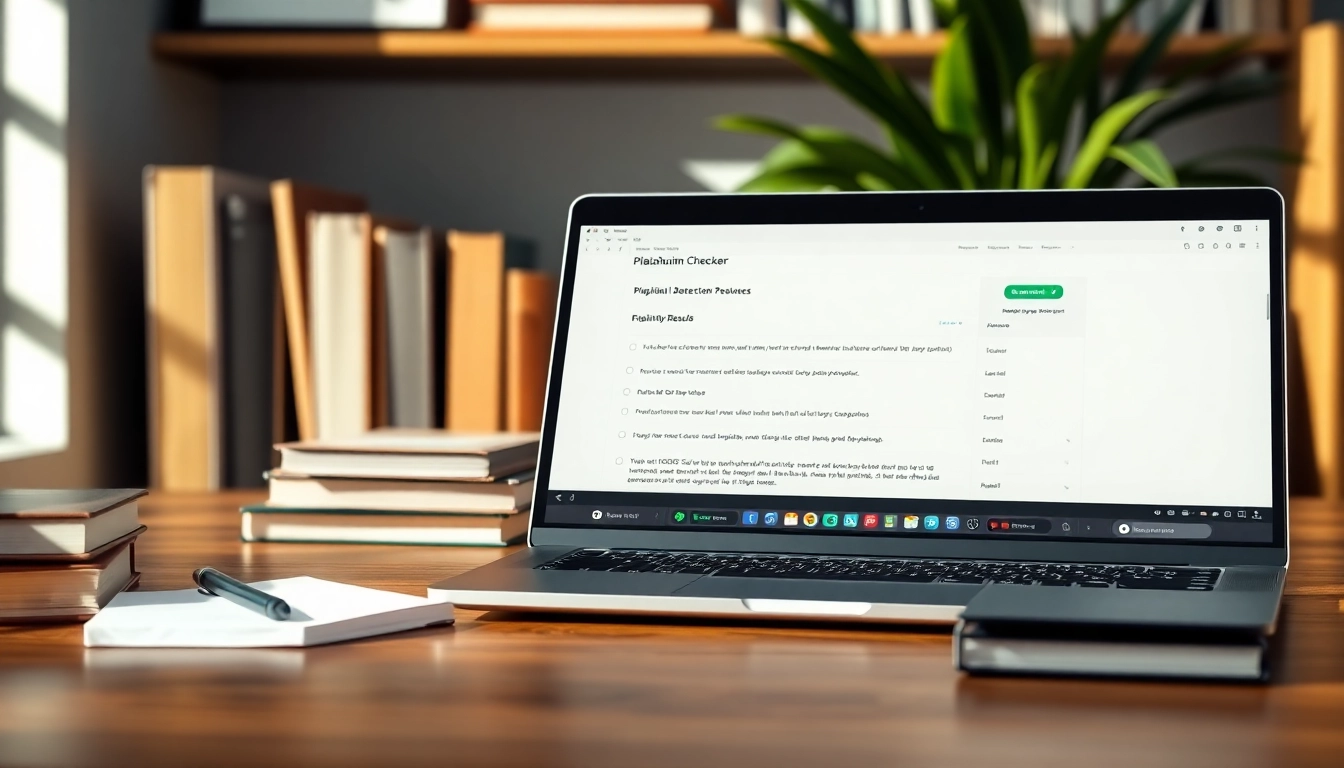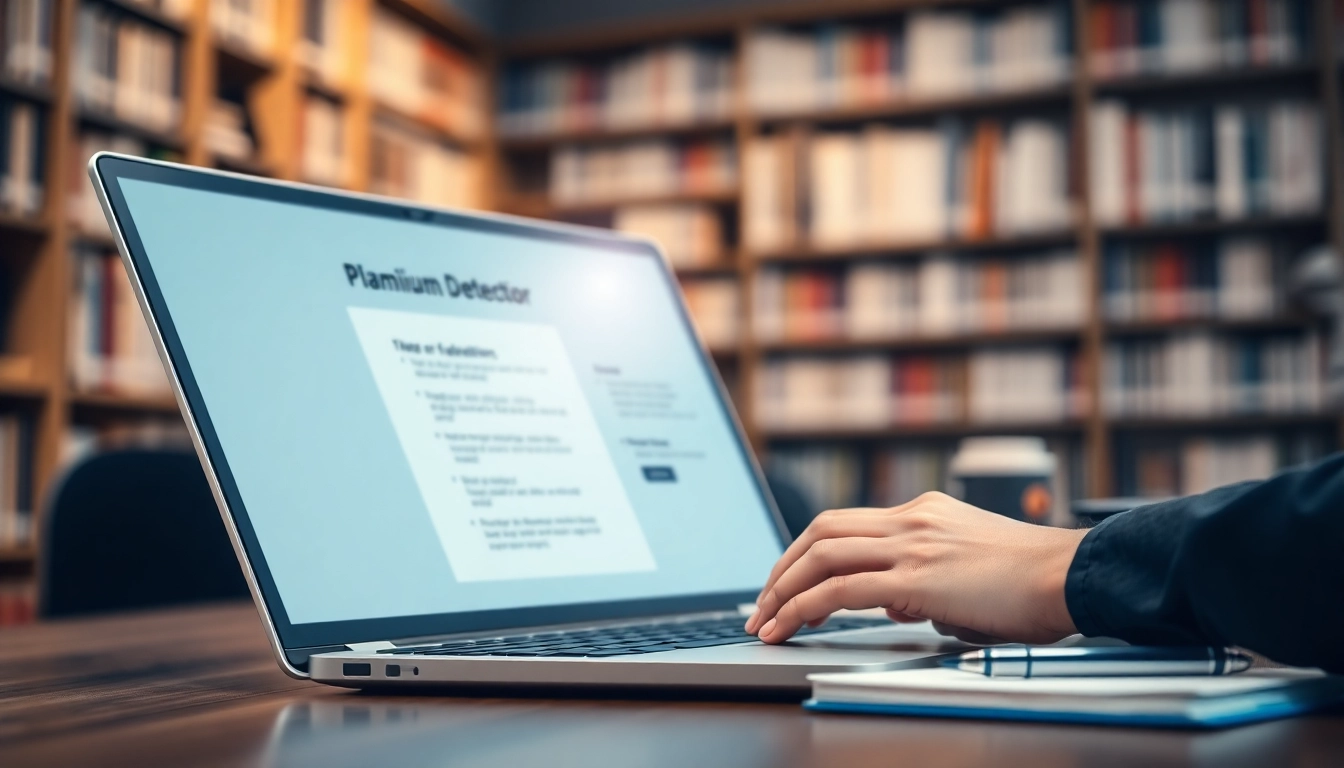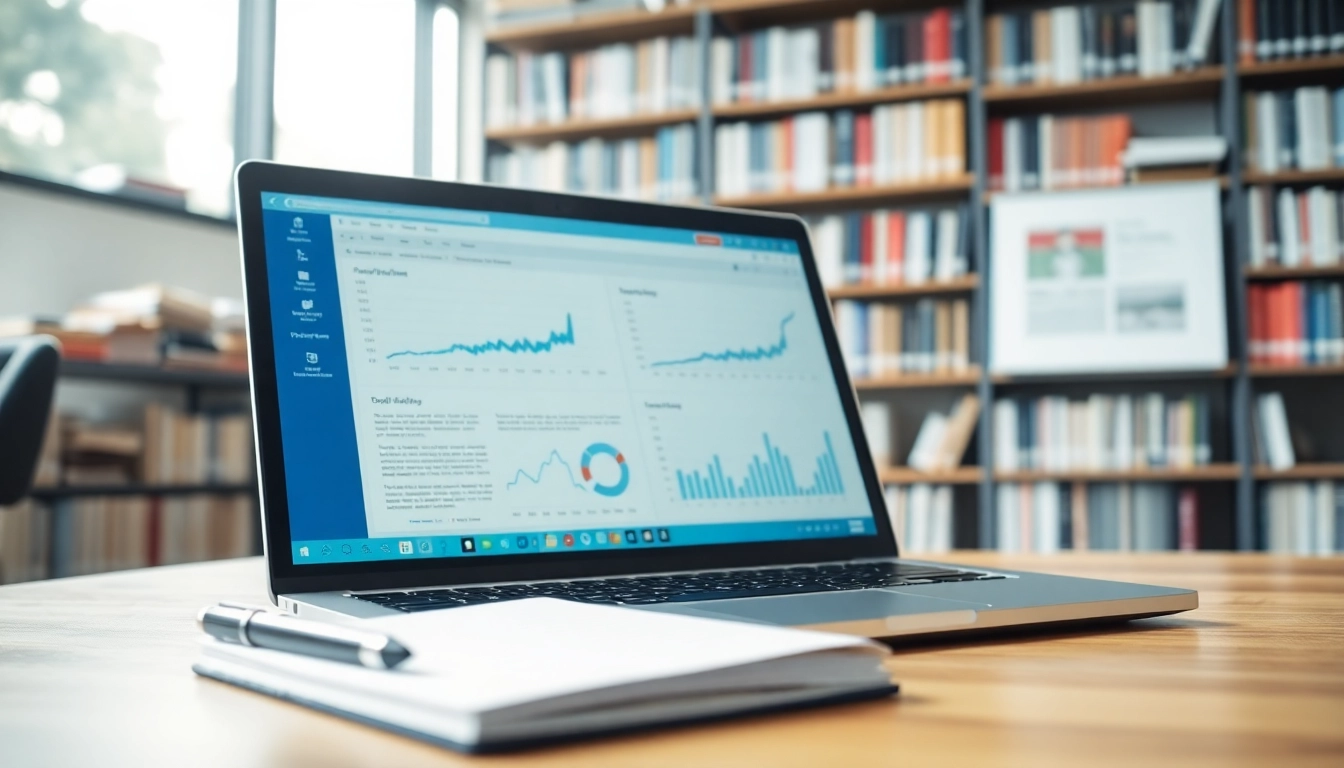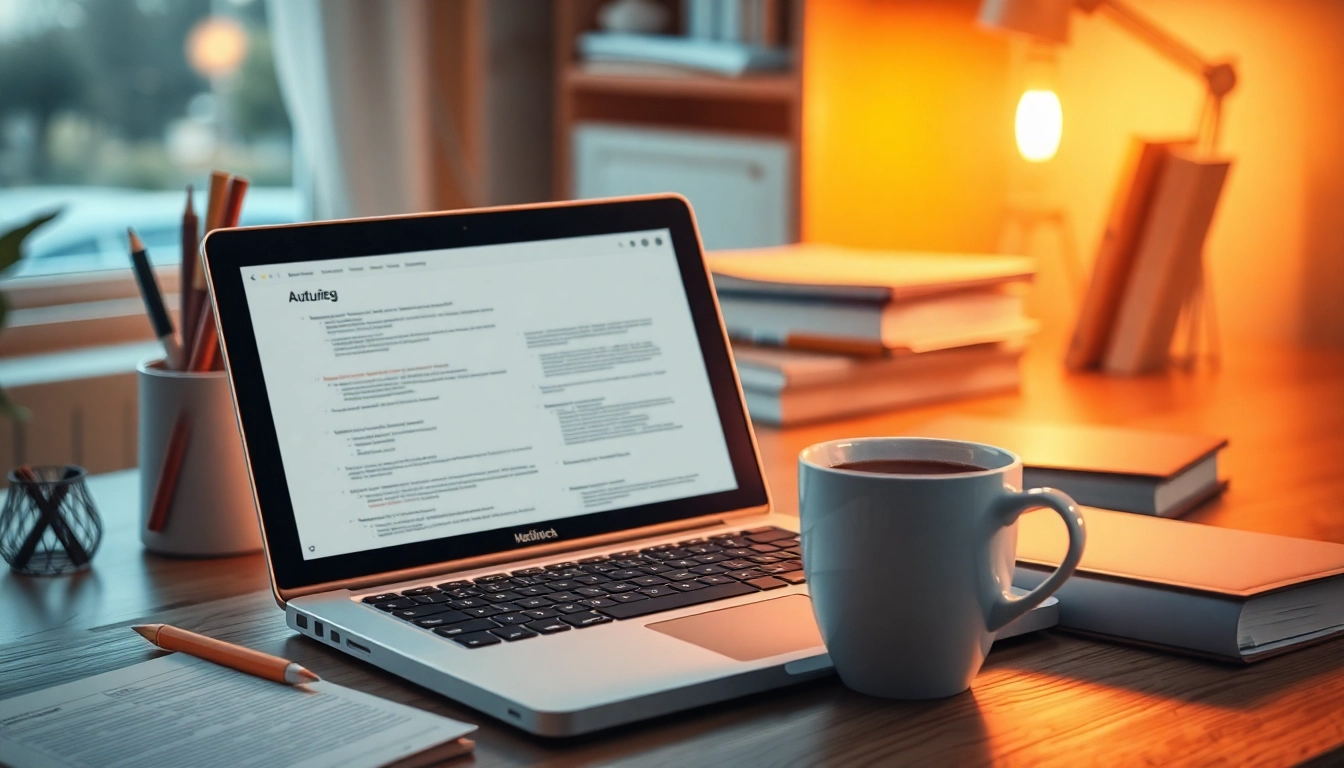Understanding Plagiarism and Its Consequences
Defining Plagiarism and Its Types
Plagiarism is the act of using someone else’s work, ideas, or intellectual property without proper acknowledgment, essentially passing it off as one’s own. This unethical practice can take various forms, ranging from direct copying of text to more subtle forms such as paraphrasing without citation. Understanding these types is crucial for both students and professionals. Here are the most common forms of plagiarism:
- Direct Plagiarism: Copying text word-for-word from a source without citation.
- Self-Plagiarism: Reusing one’s previous work without acknowledgment, typically seen in academic settings where students submit the same paper for different courses.
- Paraphrasing Plagiarism: Rewording someone’s ideas without giving proper credit.
- Source-Based Plagiarism: Citing a source that does not exist or is falsely stated.
- Accidental Plagiarism: Inadvertently failing to cite sources or mistakenly quoting a source improperly.
The Impact of Plagiarism on Academic Integrity
The ramifications of plagiarism extend beyond mere ethical violations; they damage one’s academic integrity significantly. Institutions uphold rigorous standards of honesty and integrity, and when students engage in plagiarism, they jeopardize their academic reputations and career prospects. Universities often impose strict penalties, including failing grades, expulsion, and damage to one’s professional credibility.
Academic institutions are increasingly using technology, including advanced plagiarism checkers, to identify instances of dishonesty. The consequences of such practices affect not only individuals but also the educational environment, fostering a culture of mistrust and skepticism.
Legal Consequences of Plagiarism in Writing
In addition to academic repercussions, plagiarism can lead to legal issues, particularly concerning copyright infringement. Authors and original creators have the right to pursue legal action against those who misuse their work, which can result in hefty fines, loss of publication rights, and damage to one’s professional standing. Understanding copyright laws and fair use guidelines is essential for anyone involved in writing and publishing work.
The Role of a Plagiarism Checker in Writing
How Plagiarism Checkers Function
Plagiarism checkers use advanced algorithms and databases to compare submitted texts against a vast index of online and offline content. When a document is analyzed, the software looks for similarities in phrasing, sentence structure, and overall ideas. Modern tools employ artificial intelligence to enhance detection capabilities, allowing for the identification of nuanced forms of plagiarism such as paraphrased content.
When a check is completed, users receive a detailed report outlining areas of concern, including matched phrases and suggested sources. This helps writers understand and rectify issues before final submission, improving the overall quality of their work.
The Importance of Accuracy in Detection
Accuracy is paramount when it comes to plagiarism checkers, as false positives or negatives can have significant implications for writers. Tools that offer a high degree of accuracy not only detect obvious plagiarism but also catch more sophisticated forms. This includes the ability to spot copyright infringement in creative works, ensuring that authors are appropriately credited for their contributions. The best tools often have access to extensive databases, including academic journals, books, and websites, to validate their findings effectively.
Choosing the Right Plagiarism Checker for Your Needs
Selecting the right plagiarism checker can depend on several factors, such as the nature of your work, budget, and desired features. Some free tools provide basic checking functionality but may lack depth, while premium options offer extensive databases and additional features such as grammar checking and writing suggestions. Users should consider what specific capabilities are most vital for their tasks, including:
- Database size: More extensive databases yield richer results.
- Real-time checking: Allows for immediate feedback during the writing process.
- Detailed reports: Helps identify not just copied text but also the context of the similarity.
- Integration: Compatibility with other writing tools or content management systems.
Comparative Analysis of Popular Plagiarism Checkers
PapersOwl vs. Grammarly: A Head-to-Head Comparison
When contrasting two popular plagiarism checkers like PapersOwl and Grammarly, several factors come into play. PapersOwl offers a free tool optimized for students, focusing on fundamental plagiarism detection, while Grammarly is known for its robust suite of writing assistance tools, integrating grammar checks and advanced plagiarism detection. PapersOwl provides a straightforward interface for quick checks, whereas Grammarly’s sophisticated analysis requires a subscription for maximum features. Users should choose based on their writing needs—whether they prioritize comprehensive writing assistance or basic plagiarism checking.
Free vs. Paid Plagiarism Checkers: What’s Worth Your Investment?
There’s a significant difference between free and paid plagiarism checkers. Free tools might suffice for casual use or personal projects, allowing users to quickly check short pieces of writing without investment. However, for academic or professional writing, paid solutions provide deeper analysis, enhanced accuracy, and customer support. The advanced algorithms and extensive databases of premium options help ensure better results, making them a worthy investment for serious writers.
Case Studies: Success Stories Using Plagiarism Checkers
Numerous case studies demonstrate the effectiveness of plagiarism checkers. For instance, a university faculty implemented a campus-wide plagiarism detection policy utilizing a leading software. Following adoption, instances of academic dishonesty decreased by over 30% within the first semester alone, illustrating how proactive measures promote integrity. Similarly, a publishing house integrated plagiarism detection into their submission process, leading to a substantial reduction in copyright infringement cases, protecting both their authors and reputation.
Best Practices for Using Plagiarism Checkers Effectively
Integrating Plagiarism Checkers into Your Writing Process
To maximize the benefits of plagiarism checkers, integrate them seamlessly into your writing process. Start by running preliminary checks on outlines and drafts rather than waiting for the final product. This allows you to adjust your writing style or citation methods early on, resulting in smoother editing later. Establish a consistent practice of checking for plagiarism as a part of your writing routine rather than an afterthought.
Common Mistakes to Avoid When Checking for Plagiarism
Even proficient writers can misstep when using plagiarism checkers. One common mistake is over-reliance on the tool’s report, which can lead to complacency. Writers should still engage with their content critically, ensuring proper citation practices and original thinking. Additionally, neglecting to cross-reference multiple checks can overlook discrepancies, so using more than one tool enhances reliability. Understanding the nuances between plagiarism types also helps writers avoid accidental violations.
Utilizing Plagiarism Checkers for Academic and Professional Writing
Academic and professional writing demands a high level of integrity and originality. Writers should utilize plagiarism checkers to not only avoid dishonest practices but also to enhance their research and writing skills. Academic professionals can teach their students to recognize the significance of proper citations. In the corporate sector, businesses can maintain their reputation by ensuring that all published materials are original or appropriately sourced, which leads to greater trust and credibility in their communication.
The Future of Plagiarism Detection Technology
Emerging Trends in AI and Plagiarism Detection
As technology advances, so does plagiarism detection technology. Emerging trends indicate a shift towards machine learning and artificial intelligence algorithms that can detect more sophisticated forms of plagiarism, such as contextual similarities. These advances make detection more robust, allowing identification of ideas that are paraphrased rather than just direct matches. The future holds the potential for even smarter tools that continuously learn and evolve, enhancing their capabilities over time.
The Role of Educational Institutions in Promoting Plagiarism Awareness
Educational institutions have a critical role in preventing plagiarism through education, awareness campaigns, and incorporating plagiarism checkers into their curricula. Workshops, seminars, and resource materials teach students about the importance of original content and appropriate citation practices. By involving students in discussions about ethics in writing and providing them with tools to maintain integrity, schools can cultivate a culture of honesty.
Innovative Features in the Next Generation of Plagiarism Checkers
The next generation of plagiarism detectors may introduce innovative features such as user-friendly interfaces, mobile compatibility, and community sharing of best practices among users. Enhanced reporting metrics could provide deeper analysis of a user’s writing style and originality, personalized writing improvement suggestions, and real-time integration with various writing platforms. As the field evolves, staying informed about new features and updates will be key to choosing the best tools for individual needs.















Leave a Reply